Ada Zielińska and the thrill of catastrophe
Prior to the Covid-19 pandemic, Polish artist Ada Zielińska spent a considerable amount of time travelling the world — primarily visiting the sites of disastrous wildfires.
“I remember driving a car and looking at the map to see where the fires were,” she says. “[And then I’d see] everyone driving in the opposite direction. Stepping into a forest with no animals or birds is just devastating. It’s a feeling you can’t imagine. And this is the world we actually live in.”
For her project Post-Turism, Zielińska visited wildfire zones in California and Australia. Most of her trips were spontaneous: the artist usually embarked on her trips as soon as she’d heard news reports on local forest fires. The resulting body of work interrogates today’s environmental crisis, but also the way that viewers consume images of disaster through the media, compelled by humanity’s dark curiosity for destruction. In particular, Zielińska is interested in how destruction and creation are interlinked, and beauty is born from our disaster-ridden world.
Before Post-Turism, Zielińska explored these same topics through an object deeply connected with capitalism and consumer society, simultaneously mundane and fetishised: the car. “I was in my early 20s when I started to photograph cars,” she says. “And as every fascination has its stages, one of those stages was destruction. I was eager to destroy this beautiful object, to see its flesh.” Zielińska completed her diploma at Warsaw’s Academy of Fine Arts with Automotive Stills: a series of photographs depicting staged car crashes. The images often featured human figures: strangely serene, dissociated or amused.
Automotive Stills was followed by Pyromaniac’s Manual, a long-term project which focused on documenting burning cars. Zielińska’s father was an unlikely collaborator for both series. A former firefighter, he was always keen to help his daughter to stage a car crash in the name of art. “I’d call my father and say ‘Hi dad, we need to burn a car, could you help me?’ And he was always happy to help me, and we had a really good time. We were laughing about that — that he puts down fires and I start them. But I do love that story, because it was a way to develop my relationship with my father and make art with him.”
Pyromaniac’s Manual is a mesmerising meditation on fire as it consumes a beautiful or precious object. But it also raises the question on controlling or containing destruction. In the end, it’s never clear what our human nature is more drawn to: our ability to control chaos, or our will to submit to it.
“In the beginning, when I started burning cars, it wasn’t safe at all — there weren’t any firefighters; I was doing it just with my dad. I tried to control the fire, which is impossible by definition. But then it came to a point when I knew exactly what would happen to the car. I knew when the airbag was going to blow, when the windows were going to break, and when the tires were going to explode. I knew when was the right time to put it down so it would look beautiful, with dark smoke changing into white smoke. As I arrived at this point, it actually stopped being so exciting for me.”
Zielińska’s practice has always incorporated other media alongside her photography, but her work has grown increasingly interdisciplinary in recent years. À la Car(te), which the artist developed for Futures Photography and The Calvert Journal in 2021, involves imagery, performance, and sculptural work. During the residency in Le château de la Haute Borde, Zielińska staged a dinner-performance in the backyard of a castle in a picturesque French village.
“Instead of food, we served dishes made from car parts, melted car parts, and match boxes,” says Zielińska. “The main dish was a Citroen BX. For drinks, we served gasoline, windshield washer fluid, and engine oil.”
As a result, À la Car(te) has surreal hypnotising undertones. Like a lot of Zielińska’s work, it is both aesthetically pleasing and slightly unsettling. It is a take on humanity’s consumer drive which never stops, a constant hunger for the new.
“The absurdity of the situation was a reflection on human consumption,” the artist explains. “This situation starts with an image of a French cottage and a beautiful feast aimed to bring more delightful things into our life. But instead, we find we have a lot more on our plates, including conflicts, crises, and anxieties. The more we try to enjoy ourselves, the emptier we feel.”
For Zielińska, art has become an antidote for some of these crises, a way to look at the disasters we ourselves have created and in which we recognise our role. Art also perhaps remains a cure from dissociation in our world oversaturated with products and information. “I do this for the excitement, I do this to feel fear,” Zielińska says of making art. “Or simply, to feel.”
This feature is part of The Calvert Journal and Futures Photography collaboration. You can watch Ada Zielińska’s video interview on @calvertjournal instagram.
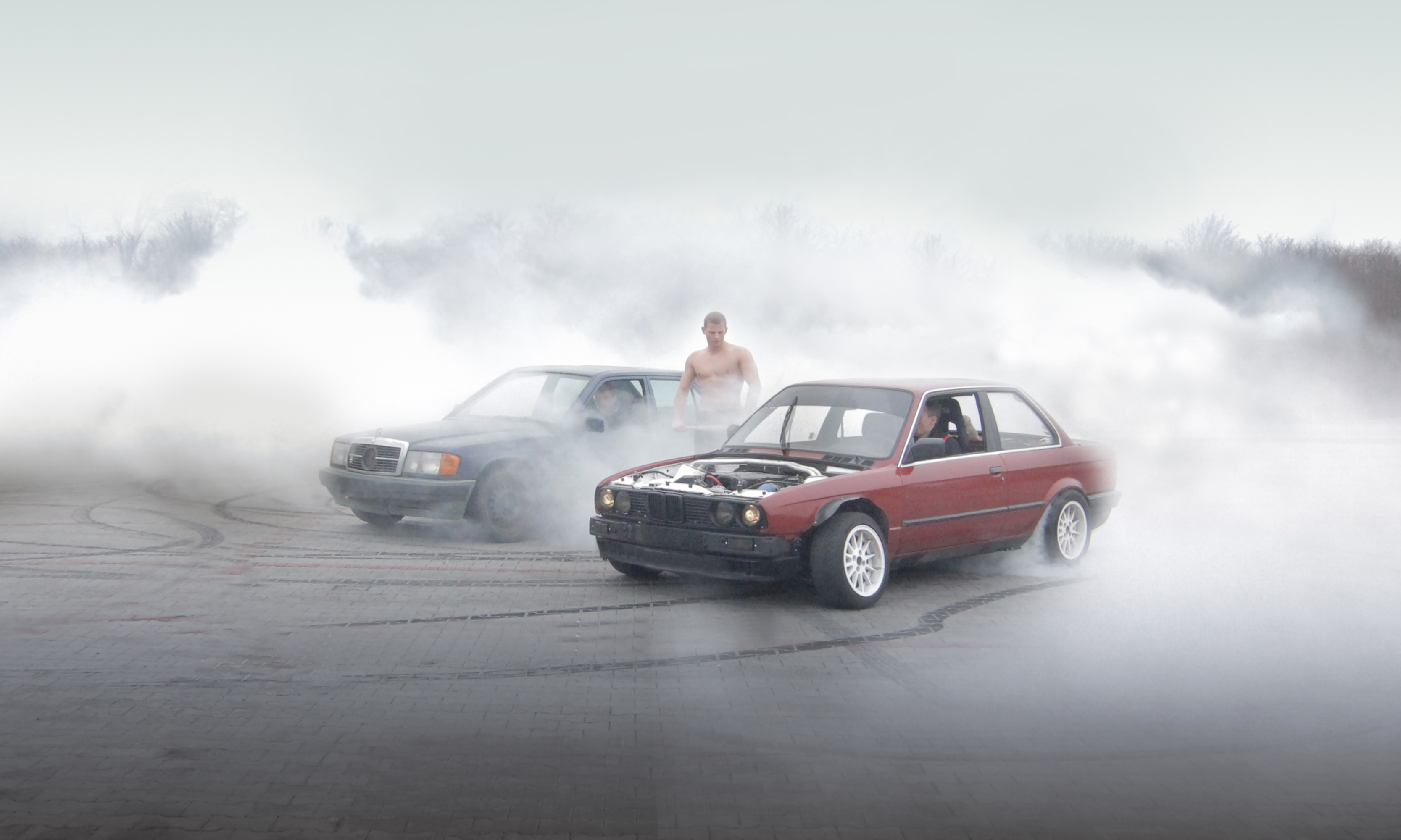
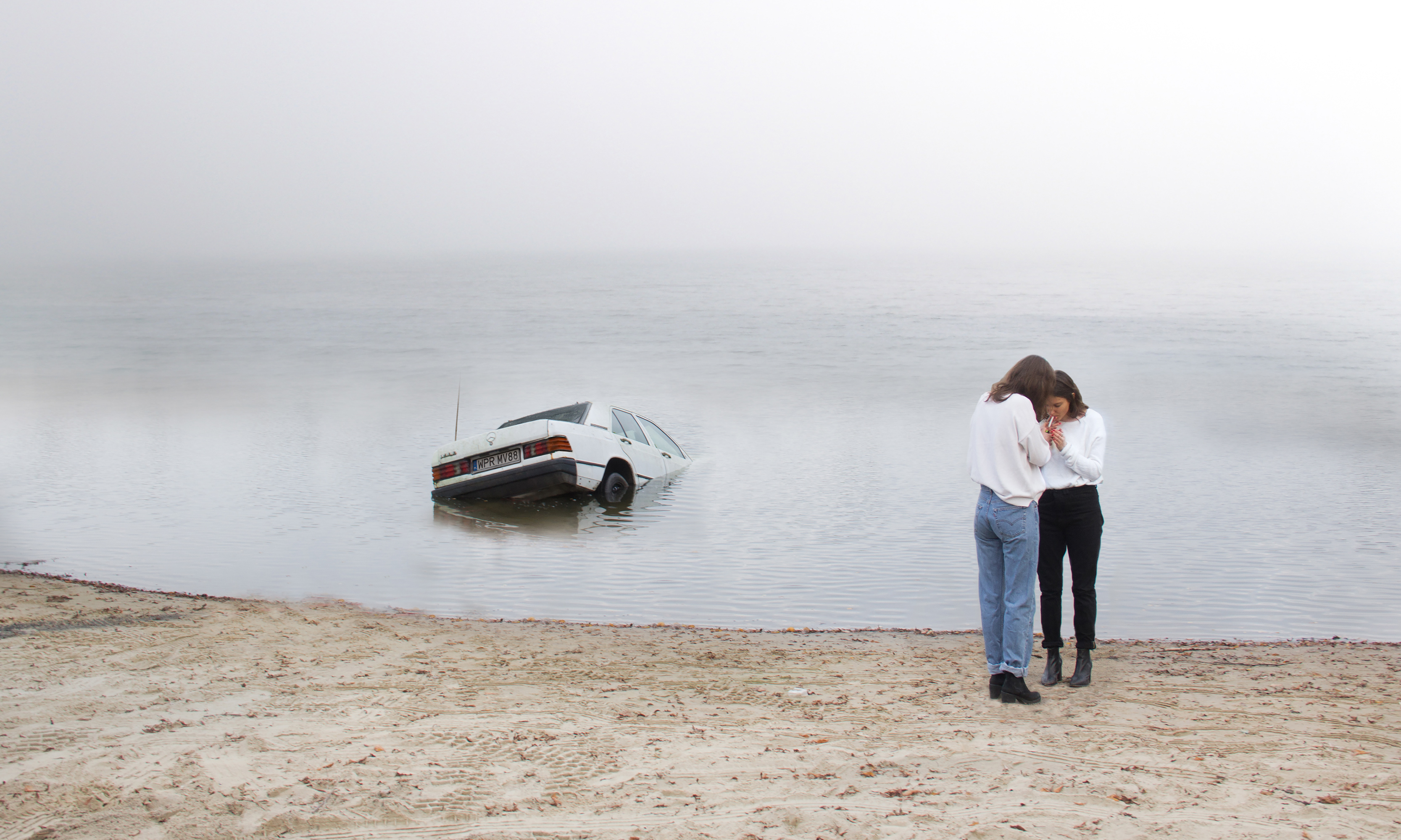
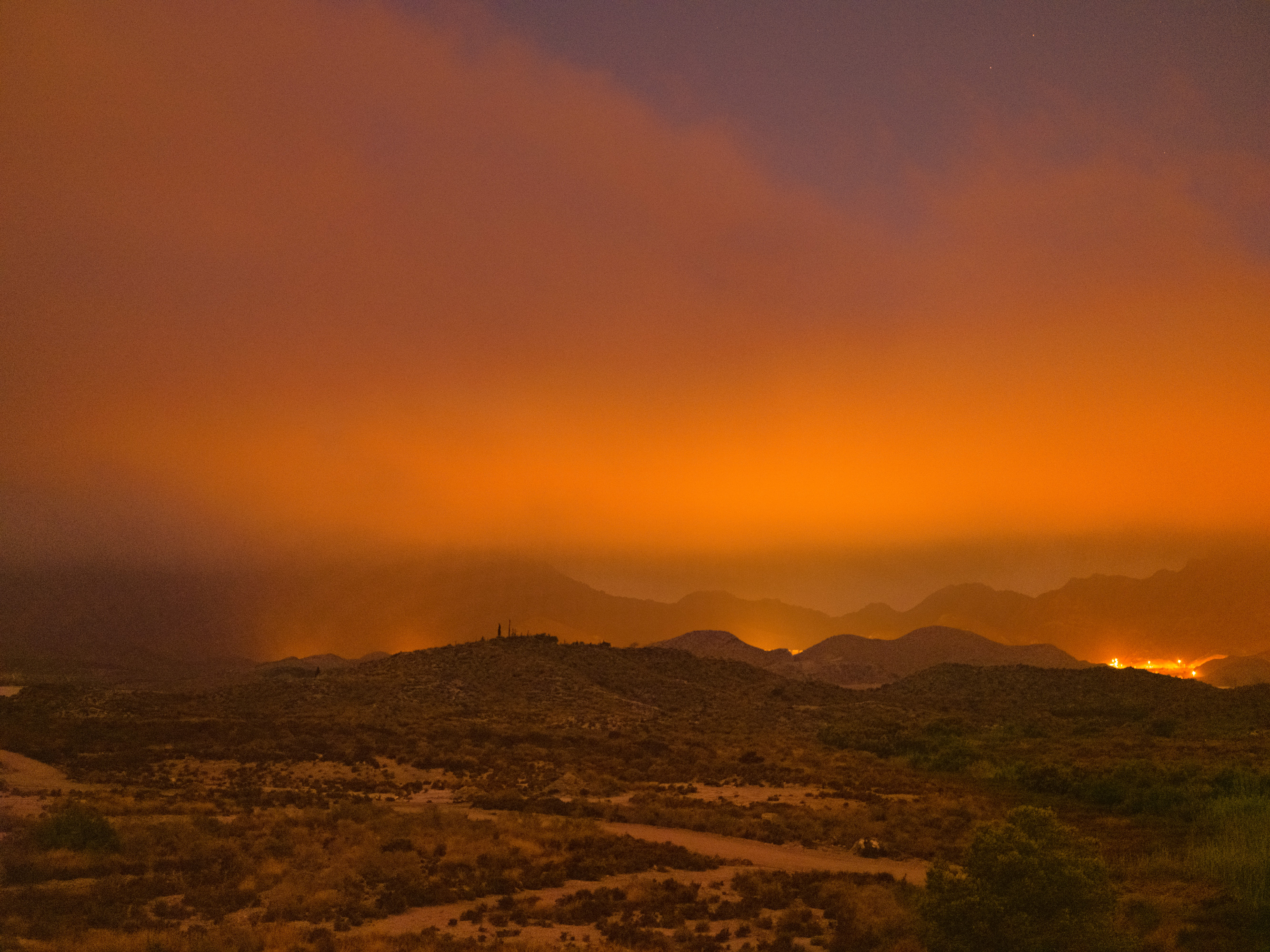
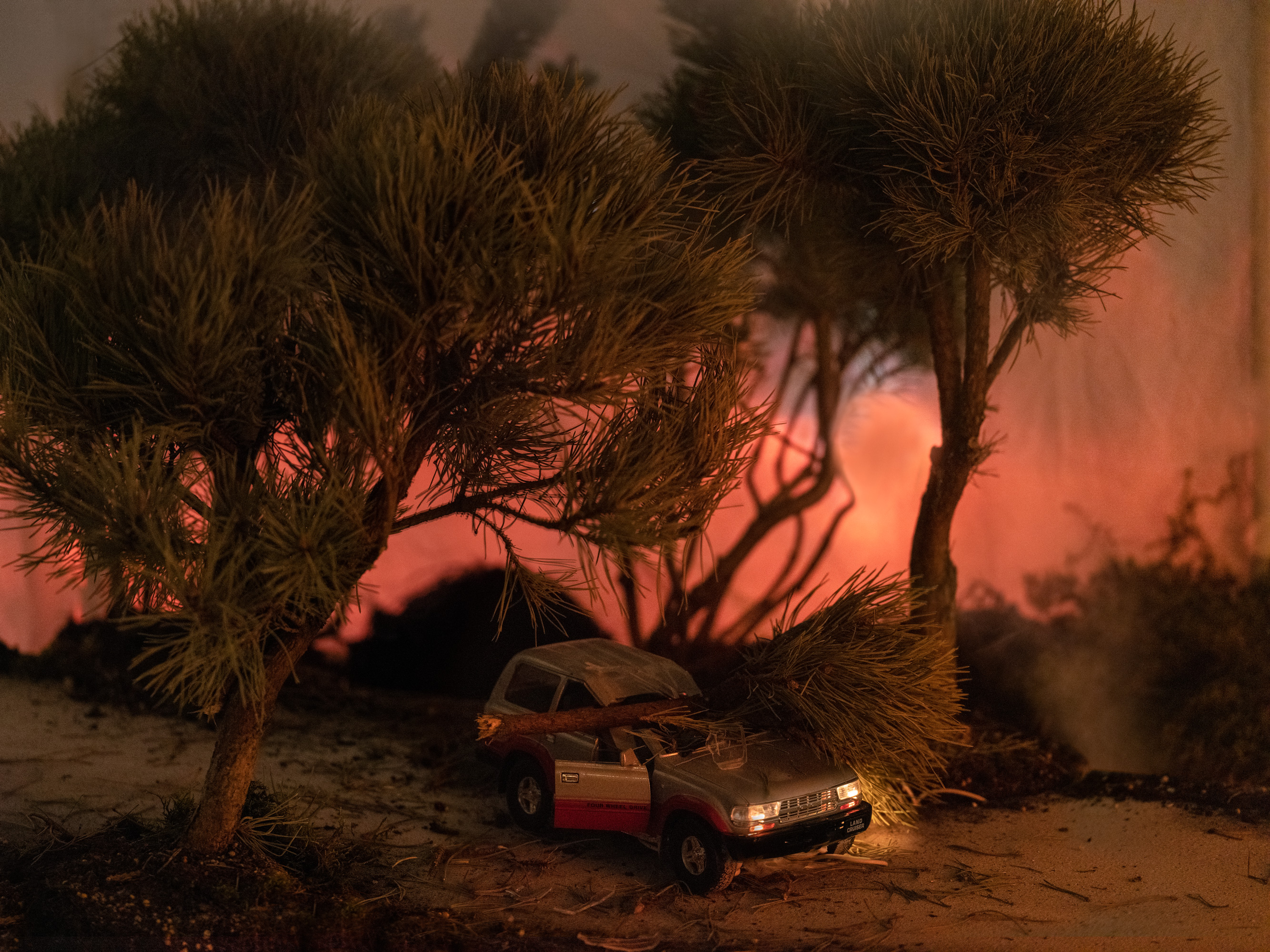
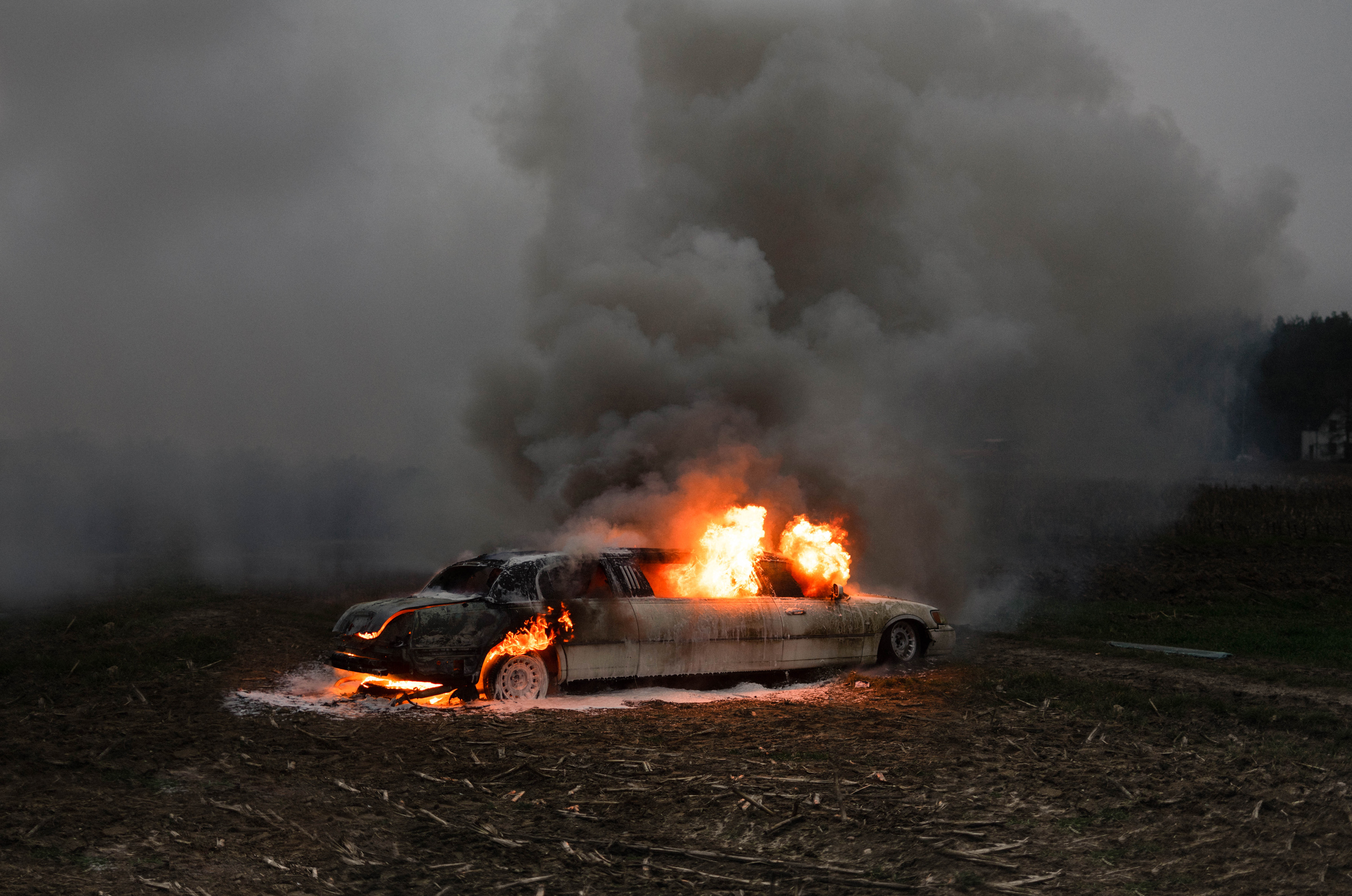
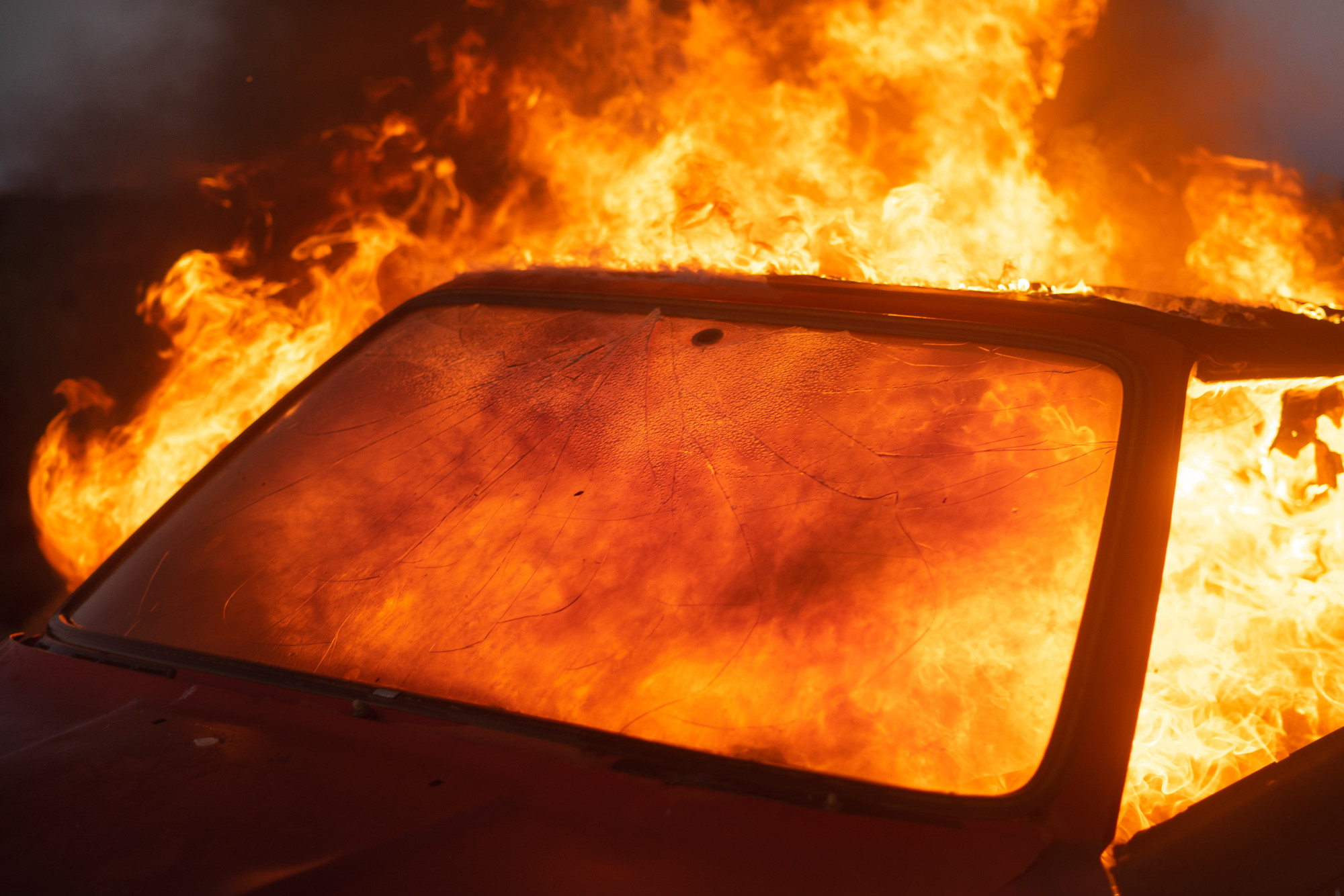
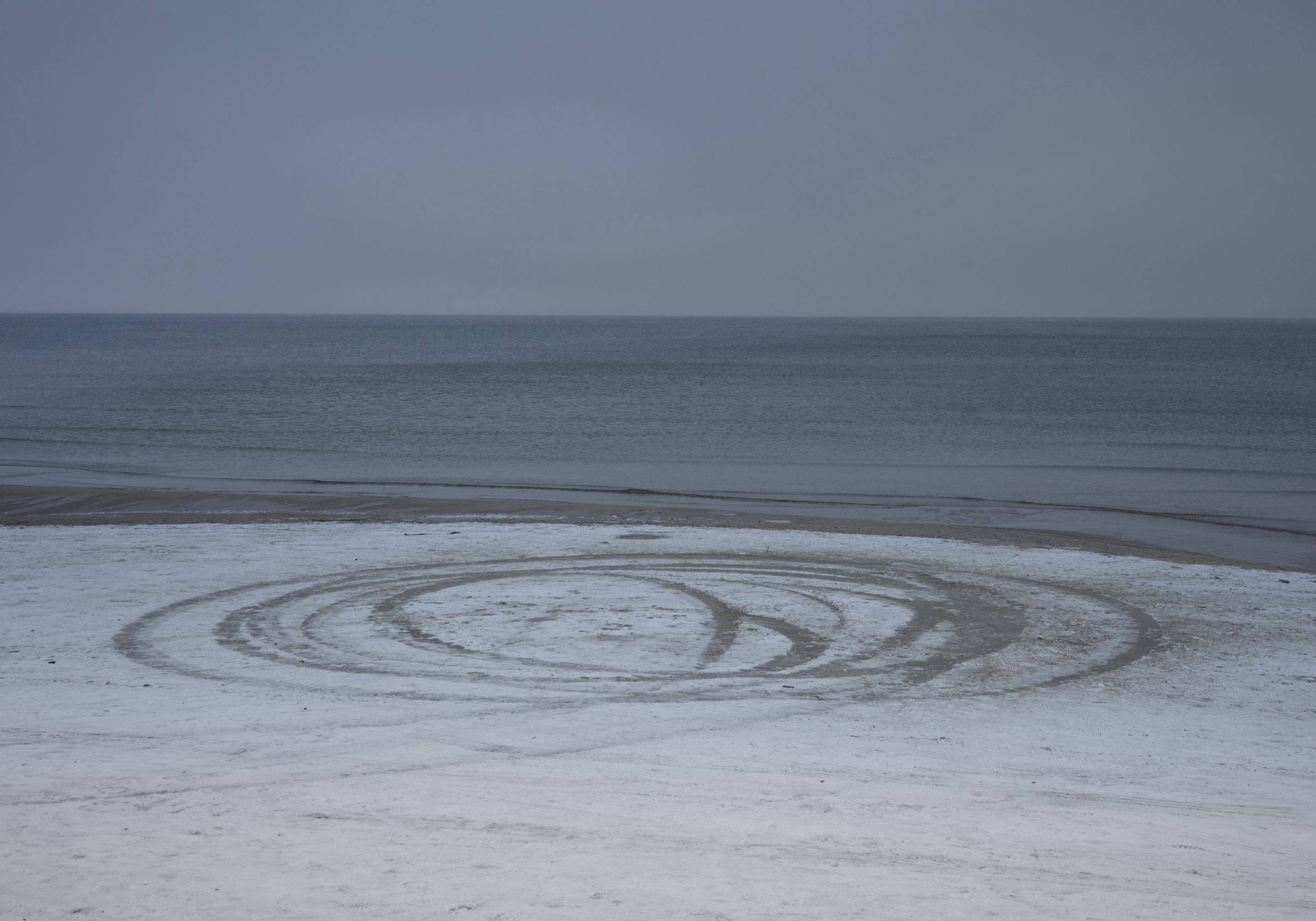
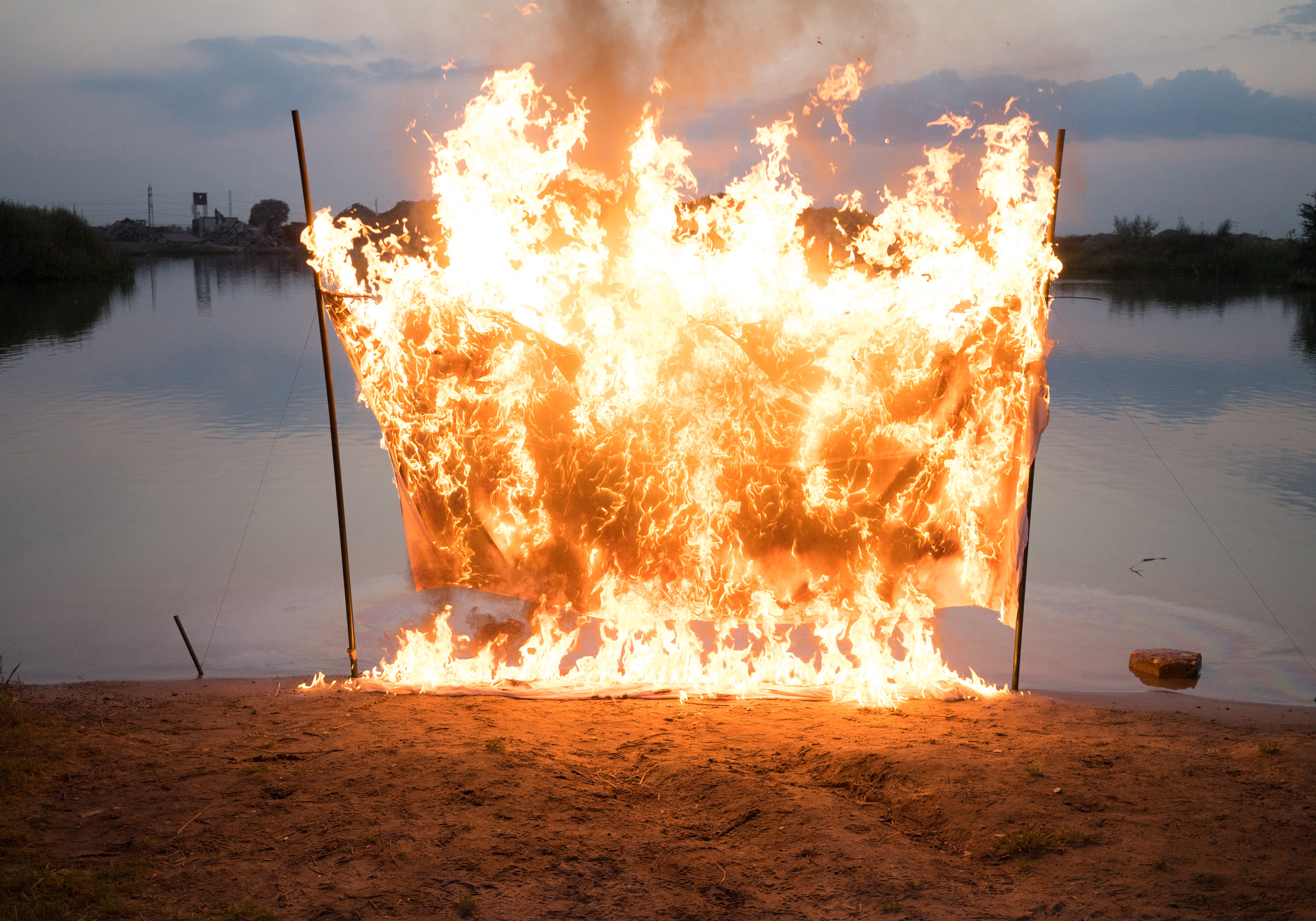
.jpg)
.jpg)
.jpg)
.jpg)
.jpg)
b.jpg)
.jpg)
.jpg)
.jpg)
.jpg)